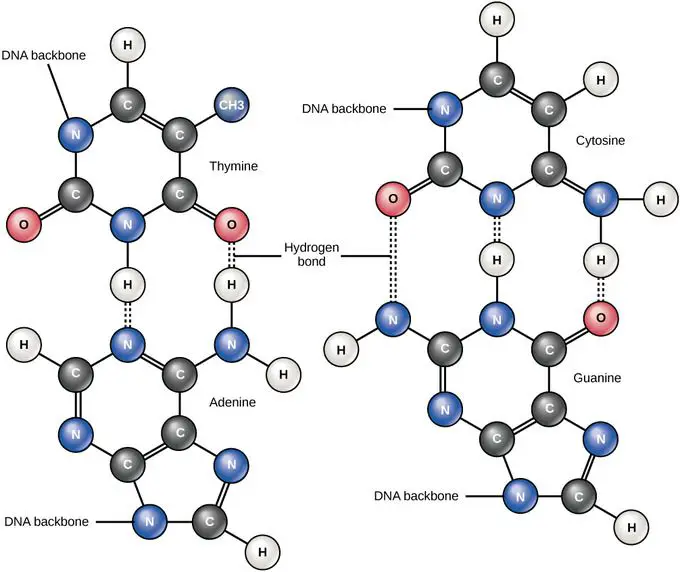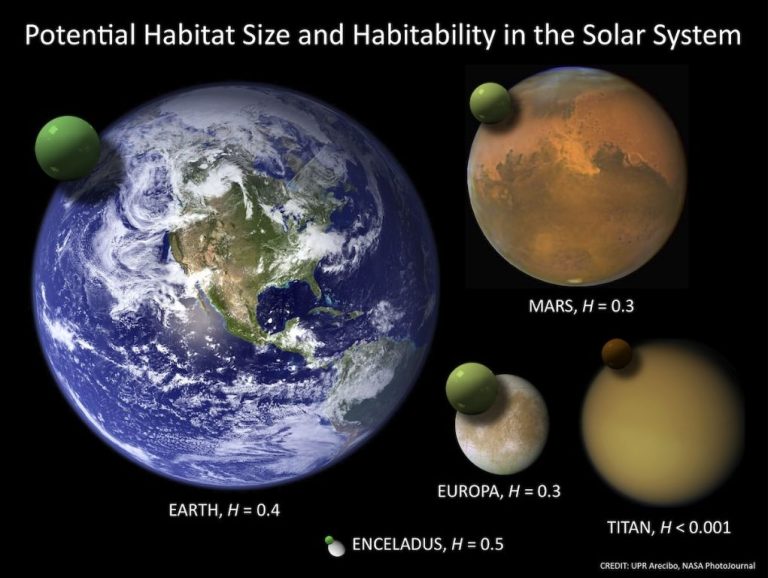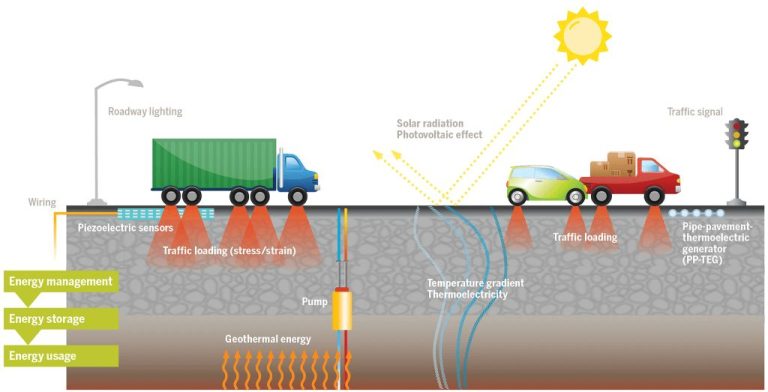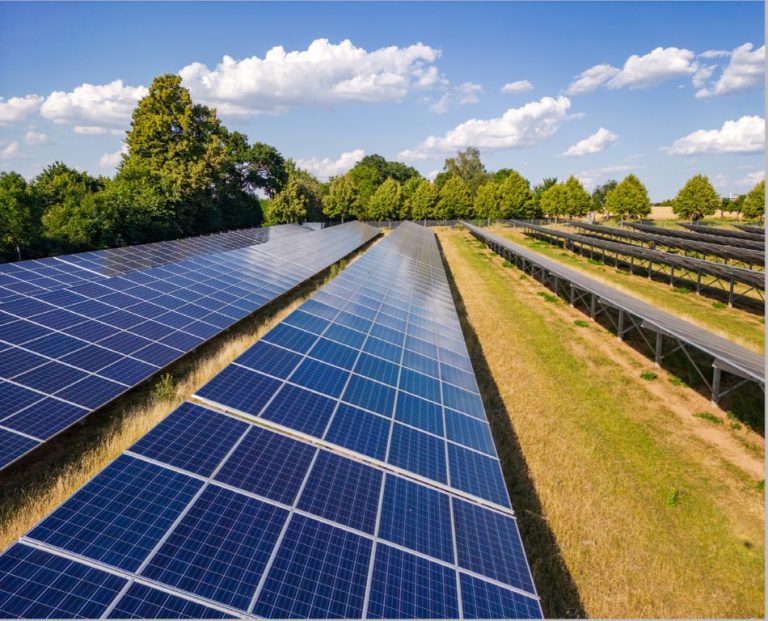What Can Renewable Energy Cause?
Renewable energy comes from natural sources or processes that are constantly replenished. The main renewable energy sources are solar, wind, water, biomass, and geothermal heat. Renewable energy provides an alternative to the finite fossil fuels that currently power most of the world. Key renewable energy resources include:
- Solar energy from the sun that can be harnessed through solar panels and concentrated solar power plants.
- Wind power via large wind turbines that generate electricity from wind currents.
- Hydropower from flowing water in rivers and streams via dams and turbines.
- Biomass from organic matter like plants, agricultural waste, and garbage that can be used to create biofuels.
- Geothermal energy from heat inside the earth that is extracted through wells and used to generate electricity.
Transitioning to renewable energy sources provides numerous potential benefits compared to continued reliance on fossil fuels like coal, oil, and natural gas. This article will examine some of the main impacts that increased renewable energy development and use can have.
Reduced Greenhouse Gas Emissions
Renewable energy sources like wind, solar, and hydropower produce little to no greenhouse gas emissions compared to fossil fuels like coal, oil, and natural gas. According to research, replacing fossil fuels with renewables can significantly reduce greenhouse gas emissions and improve air quality (https://www.ncbi.nlm.nih.gov/pmc/articles/PMC5719981/). One study found that increasing renewable energy reduces greenhouse gases even after accounting for economic and population growth and coal prices (https://www.sciencedirect.com/science/article/pii/S0301479723013130). The growth of renewable energy along with battery storage consistently enables reduced greenhouse gas emissions by displacing fossil fuel energy generation (https://energy5.com/the-role-of-battery-storage-in-reducing-greenhouse-gas-emissions). Overall, renewable energy is a critical tool for lowering greenhouse gas emissions and mitigating climate change.
Improved Public Health
One of the main benefits of renewable energy is that it significantly reduces air pollution and other harmful emissions compared to fossil fuels like coal and natural gas. Burning fossil fuels releases pollutants like sulfur dioxide, nitrogen oxides, particulate matter, and mercury into the air, which contribute to health problems like asthma, respiratory diseases, cardiovascular disease, and premature death 1. Replacing fossil fuels with renewables like solar, wind, and hydropower eliminates emissions from electricity generation, improving air quality and public health.
A 2013 study found that doubling renewable energy generation in the U.S. could prevent approximately 57,000 premature deaths from air pollution annually nationwide. Areas with more renewable energy also have reduced rates of respiratory and cardiac hospital admissions 2. Renewable projects provide the greatest public health benefits in regions with more fossil fuel power plants, as replacing dirty fuels prevents the most emissions. Overall, transitioning to clean renewables can save lives by reducing hazardous air pollutants that directly harm human health.
Job Creation
One major benefit of renewable energy is the potential for significant job creation. According to a report from The Growing Demand for Renewable Energy Jobs in Today’s Market, renewable energy can generate new skilled jobs in manufacturing, construction, installation, operations, and maintenance. The renewable energy sector has already created millions of jobs globally. The International Labour Organization found that over 13.7 million jobs were added to the global renewable energy workforce in 2022 alone.
The jobs created by renewable energy tend to be local, stable and well-paying. They cannot be outsourced and provide opportunities for both skilled and unskilled workers. For example, solar projects require electricians, construction workers, engineers and financing experts. Wind farms employ technicians, construction workers and truck drivers. The U.S. Bureau of Labor Statistics predicts solar panel installer will be the fastest growing occupation over the next decade. Embracing renewable energy can provide economic revitalization to struggling communities and replace jobs lost in the declining fossil fuel industry.
Energy Independence
One of the major benefits of renewable energy is the potential for greater energy independence. Many countries rely heavily on imported fossil fuels like oil and natural gas to meet their energy needs. However, renewable resources like solar, wind, and hydropower utilize domestic energy sources that are available locally. According to Energy5, renewables can enable countries to become more energy independent by reducing reliance on imported fuels (https://energy5.com/solar-energy-and-grid-integration-a-step-towards-energy-independence). The United States in particular has made energy independence a priority, as expanded renewable energy development can reduce dependence on foreign oil imports (https://elkodaily.com/news/local/business/mining/prioritizing-renewable-energy-and-energy-independence/article_20a201ca-2b09-53ef-a61e-8dd1a7832308.html). Greater energy independence provides countries with enhanced energy security, more control over their energy mix, and reduced vulnerability to geopolitical risks associated with fossil fuel imports.
Lower Energy Prices
In many cases, renewables can provide lower cost energy than fossil fuels. According to a study from the Rocky Mountain Institute, wind and solar power are now cheaper than most existing coal plants (source). The declining prices of renewable energy technologies, combined with their zero fuel costs, make them an increasingly cost competitive option. For example, the U.S. Energy Information Administration predicts that new solar photovoltaic and onshore wind will be less expensive than new natural gas in 2021 (source). As renewable energy prices fall, they put downward pressure on electricity prices more broadly.
Grid Resiliency
Renewable energy sources like solar and wind can improve grid resiliency by providing localized power generation. When integrated properly, distributed renewable energy systems allow parts of the grid to isolate and operate independently in the event of a larger outage. For example, a community with solar panels and battery storage can keep power flowing to critical facilities during an emergency. According to this article, renewable energy and storage projects helped keep the lights on in the Northeast during cold snaps. Microgrids with renewables also continued operating on resort islands in the Caribbean after major hurricanes knocked out the main grids. By powering through outages, distributed renewable energy sources make the overall grid more resilient and reliable.
Reduced Water Usage
Many types of renewable energy like solar photovoltaics (PV) and wind turbines use very little water for power generation compared to traditional fossil fuel power plants. According to a report by Food and Water Watch, the switch from fossil fuels and nuclear to wind and solar PV in California could decrease water consumption for power generation by 98% (82 million acre-feet per year).
Thermoelectric power plants, like those running on coal, natural gas, oil, and nuclear energy, require significant water resources for cooling and steam generation. Each kilowatt-hour of electricity generated from these traditional sources consumes between 0.4 and 68 gallons of water. In contrast, wind and solar PV utilize the free renewable resources of wind and sunlight to generate electricity and consume little to no water in the process.
The transition to water-efficient renewable energy sources will help alleviate water scarcity issues, especially in arid regions with growing power demands. With judicious renewable energy planning, substantial freshwater reserves can be conserved for other vital uses like agriculture, industry, and human consumption.
Potential Wildlife Impacts
While renewable energy sources like solar and wind can provide clean energy without greenhouse gas emissions, some types like wind turbines and hydroelectric dams can negatively impact wildlife if not properly sited and designed. Large wind turbines can injure or kill birds and bats through collisions, while disrupting their migration patterns and habitats. According to research, wind turbines kill hundreds of thousands of bats and birds each year in North America alone (Santangeli, 2015).
Hydroelectric dams flooded habitats and disrupt the natural flow regimes of rivers, harming fish populations that rely on seasonal changes in water flow and temperature to spawn and migrate. The dams act as a barrier, blocking fish passage and access to historical habitat. Some fish become injured or die passing through the turbines of a hydroelectric dam. According to Santangeli (2015), dams have contributed to the extinction of species like the pink-headed duck and decline of river dolphins in Asia.
Proper siting of wind and hydro projects through environmental impact assessments can help minimize risks to birds, bats, fish and other wildlife. Mitigation measures like operational curtailments during key migration periods, habitat restoration and fish ladders can also reduce the impacts on animals.
Conclusions
In summary, transitioning to renewable energy sources provides numerous benefits compared to continued reliance on fossil fuels. As discussed, adopting renewables can substantially reduce greenhouse gas emissions and air pollution, improving public health (Source 1). Renewables also promote energy independence by utilizing domestic resources, create jobs in emerging industries, and lower consumer energy prices over time. While upfront costs are still higher, prices are dropping as technology advances (Source 2). Renewables can also strengthen grid resilience with distributed generation. Of course, scaling renewables requires overcoming challenges like intermittency and land use changes. However, the environmental and economic benefits make transitioning to renewable energy critical for a sustainable future.





